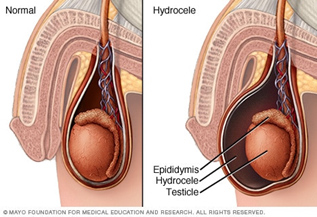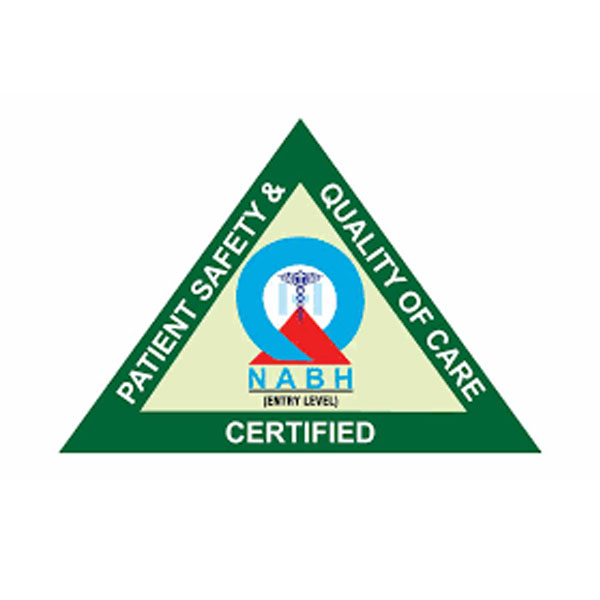Complications
A hydrocele typically isn't dangerous and usually doesn't affect fertility. But a hydrocele might be associated with an underlying testicular condition that can cause serious complications, including:
Risk factors for developing a hydrocele later in life include
- Infection or tumor. Either might reduce sperm production or function.
- Inguinal hernia. The loop of intestine trapped in the abdominal wall can lead to life-threatening complications.
Treatment
In baby boys, a hydrocele sometimes disappears on its own. But for males of any age, it's important for a doctor to evaluate a hydrocele because it can be associated with an underlying testicular condition.
A hydrocele that doesn't disappear on its own might need to be surgically removed, typically as an outpatient procedure. The surgery to remove a hydrocele (hydrocelectomy) can be done under general or regional anesthesia. An incision is made in the scrotum or lower abdomen to remove the hydrocele. If a hydrocele is found during surgery to repair an inguinal hernia, the surgeon might remove the hydrocele even if it's causing no discomfort.
After hydrocelectomy, you might need a tube to drain fluid and a bulky dressing for a few days. Your doctor is likely to recommend a follow-up examination because a hydrocele might recur.





